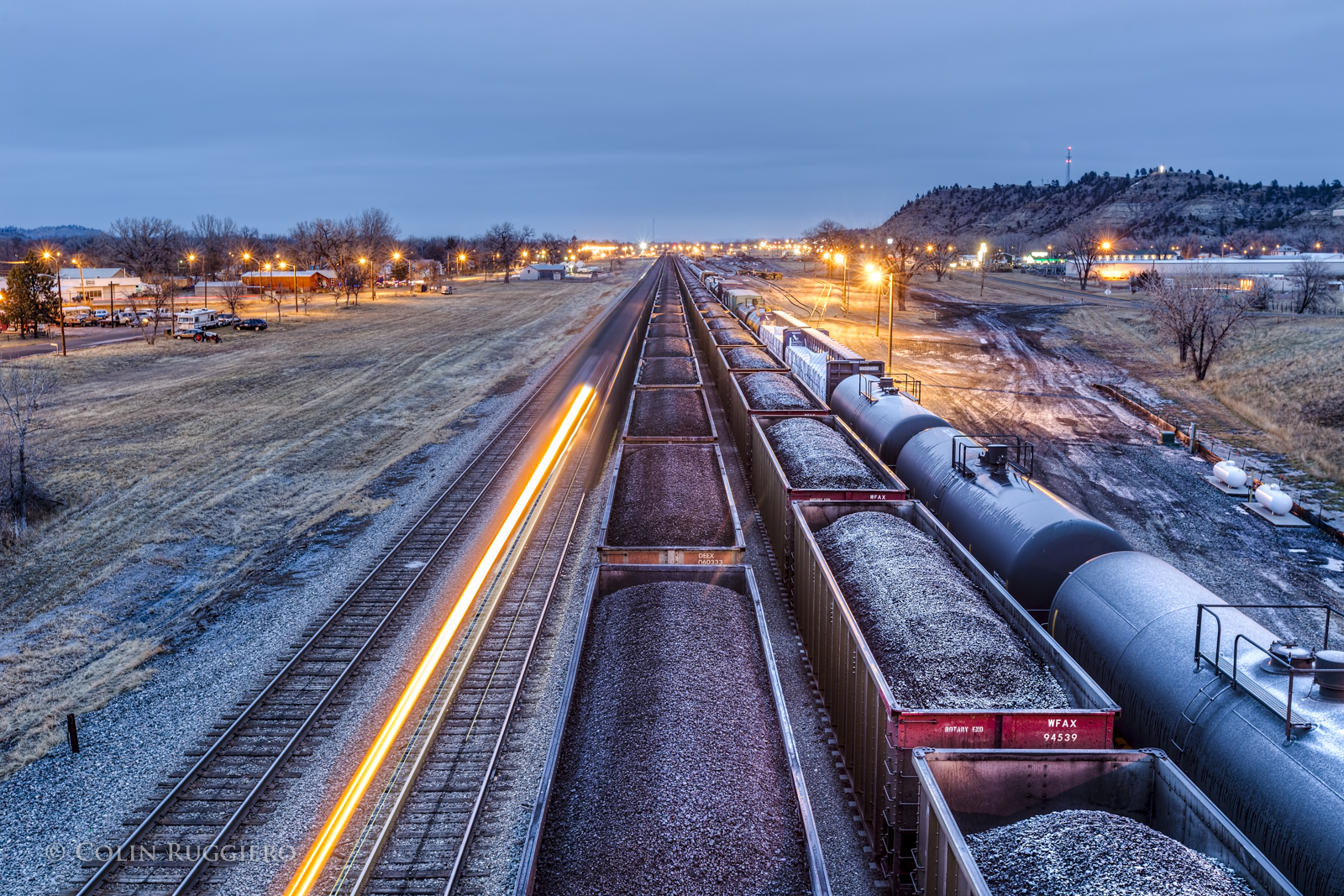The State of Montana should request an extension on the public comment period for the Tongue River Railroad

The Surface Transportation Board (STB) released the draft environmental impact statement (DEIS) for the proposed Tongue River Railroad on April 27, 2015 and gave the public 60-days to comment. The document in printed form weighs over 20 pounds and presents 11 different alternative routes.
Commenting on an environmental impact statement is tricky stuff. In order to get an actual response to your comment you have to submit a “substantive” comment. A substantive comment, as defined by the National Environmental Policy Act (NEPA), is a comment that suggests the analysis done by the agency is flawed in some specific way.
Generally they challenge the accuracy of information presented, challenge the adequacy, methodology or assumptions of the environmental or social analysis (with supporting rationale), present new information relevant to the analysis, or present reasonable alternatives (including mitigation) other than those presented in the document. Such substantive comments may lead to changes or revisions in the analysis or in one or more of the alternatives. (BLM NEPA)
The agency is not required to respond to a comment they deem not substantive. For example, “I don’t want you to build the Tongue River Railroad because it is not in the interest of future generations,” will be ignored.
The STB hired a third party contractor, ICF International, to complete the EIS. As far as I can tell, around 42 ICF employees spent 2 1/2 years on the DEIS. You, as an interested and impacted member of the public who probably has a job and a family and a life, get 60 days to read 3,000 pages, work through extremely complicated air quality, water quality, climate change and economic modeling data and analysis and then write substantive comments. If you want to be taken seriously by the government you have to spend a significant amount of time on your comments.
Thankfully the Northern Cheyenne Tribe and State Auditor Monica Lindeen have both requested an extension on the public comment period. The Tribe has requested a perfectly reasonable 120-day extension and Lindeen has asked for a more modest 60-day extension.
Based on just the request from the Northern Cheyenne Tribe the STB should grant an extension. Although I’m am concerned that the STB doesn’t fully understand how much the Tribe will be impacted considering they only mention the Tribe 27 times in a 3,000 page document and the main impact they come up with is noise.
Governor Bullock should also ask the STB for an extension and support the requests from the Northern Cheyenne Tribe and Monica Lindeen; the landowners whose land would be taken from them if the railroad is permitted; the hunters who hunt on the largest block management area in the state that would be bisected by the rail line; Montanans who would have to deal with 8 additional full length trains going through their towns every day; the irrigators who use Tongue River and Otter Creek water; the parents whose children have to walk on highway 212 to get home from school; the tribal citizens whose ancestors are buried in the railroad right of way; and the only Amish community in eastern Montana who moved to the area for the peace and quiet.
If you would like to help out, please consider emailing Victoria Rutson, Director of the Office of Environmental Analysis at the STB at Vicki.Rutson@stb.dot.gov and ask her for more time.

Agreed! I will send an email to Victoria. Do you know how to get ahold of the shapefile boundaries for this project? If I can get those I can demonstrate in a matter of minutes how flawed the veg section is. And some of the wetland data appears to be drylabbed.
Pingback: Tongue River Railroad Public Comment Period Extended Again | east of billings